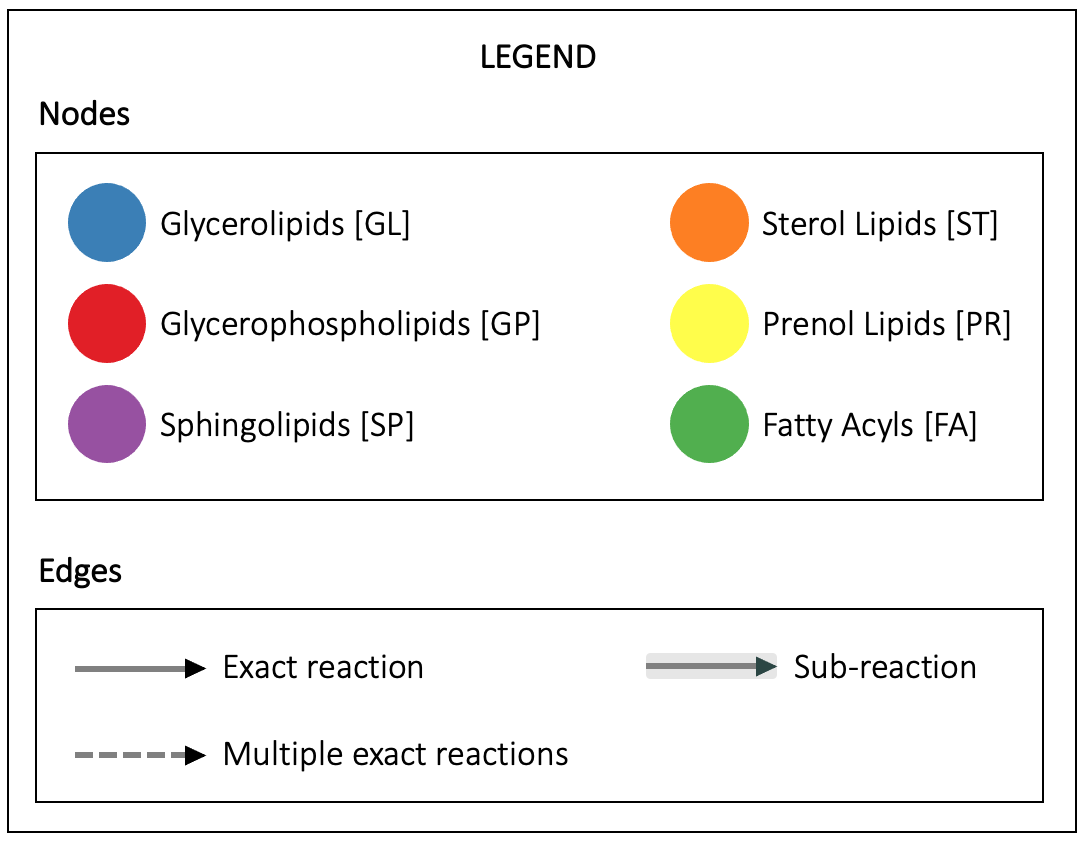Structure Database (LMSD)
Common Name
16alpha-hydroxyestrone
Systematic Name
3,16α-dihydroxy-1,3,5(10)-estratrien-17-one
Synonyms
- 1.16a-Hydroxyestrone
LM ID
LMST02010041
Formula
Exact Mass
Calculate m/z
286.156895
Sum Composition
Status
Curated
3D model of 16alpha-hydroxyestrone
Please note: Where there are chiral atoms but the stereochemistry is undefined, the 3D model takes an arbitrary conformation
Classification
Category
Main Class
Sub Class
Biological Context
16α-hydroxy Estrone (16α-OHE1) is a hydroxylated metabolite of E1 as well as an interconversion product with E2.1,2 E1 is 16α-hydroxylated by cytochrome P450 (CYP) isoforms, including CYP1A1, CYP3A5, CYP3A4, and CYP3A7, with CYP3A5 being breast-specific.3 16α-OHE1 is sulphatized or glucuronidated before excretion.3 It is increased in rheumatoid arthritis and decreased by physical activity.1,2 Unlike the parent estrogens and other hydroxylated metabolites of E1, 16α-OHE1 binds covalently and persistently activates estrogen receptors.4 In addition, this metabolite increases cell proliferation and does not suppress TNF-α secretion, whereas other estrogen metabolites are not pro-proliferative and have marked effects on TNF-α secretion.1,3 The levels of 16α-OHE1 are increased in some forms of hormone therapy.5 Because hormone therapy increases breast cancer risk, 16α-OHE1 has been implicated as a risk factor for breast cancer, although supportive data remains elusive.6,3,5
This information has been provided by Cayman Chemical
References
1. Obi, N., Wrieling, A., Heinz, J., et al. Estrogen metabolite ratio: Is the 2-hydroxyestrone to 16α-hydroxyestrone ratio predictive for breast cancer? Int. J. Womens Health 3, 37-51 (2011).
2. Okobia, M.N., and Bunker, C.H. Estrogen metabolism and breast cancer risk: A review. Afr. J. Reprod. Health 10(1), 13-25 (2006).
3. Swaneck, G.E., and Fishman, J. Covalent binding of the endogenous estrogen 16α-hydroxyestrone to estradiol receptor in human breast cancer cells: Characterization and intranuclear localization. Proc. Natl. Acad. Sci. USA 85(21), 7831-7835 (1988).
4. Cutolo, M., Sulli, A., and Straub, R.H. Estrogen metabolism and autoimmunity. Autoimmun. Rev. 11(6-7), A460-A464 (2012).
Reactions
Filter by species:
ⓘ
Reactions are shown if the E.C. number of the enzyme catalysing it is annotated in the UniProt database for a species belonging to the selected taxonomic class.
Click on an edge to display the reaction(s).

String Representations
InChiKey (Click to copy)
WPOCIZJTELRQMF-QFXBJFAPSA-N
InChi (Click to copy)
InChI=1S/C18H22O3/c1-18-7-6-13-12-5-3-11(19)8-10(12)2-4-14(13)15(18)9-16(20)17(18)21/h3,5,8,13-16,19-20H,2,4,6-7,9H2,1H3/t13-,14-,15+,16-,18+/m1/s1
SMILES (Click to copy)
C1(=CC2=C(C=C1)[C@]1([H])[C@]([H])([C@@]3([H])[C@@](CC1)(C)C(=O)[C@H](O)C3)CC2)O
Other Databases
KEGG ID
HMDB ID
CHEBI ID
PubChem CID
SwissLipids ID
Cayman ID
PDB ID
GuidePharm ID
Calculated Physicochemical Properties
Heavy Atoms
21
Rings
4
Aromatic Rings
1
Rotatable Bonds
0
Van der Waals Molecular Volume
275.43
Topological Polar Surface Area
57.53
Hydrogen Bond Donors
2
Hydrogen Bond Acceptors
3
logP
3.07
Molar Refractivity
79.63
Admin
Created at
-
Updated at
-